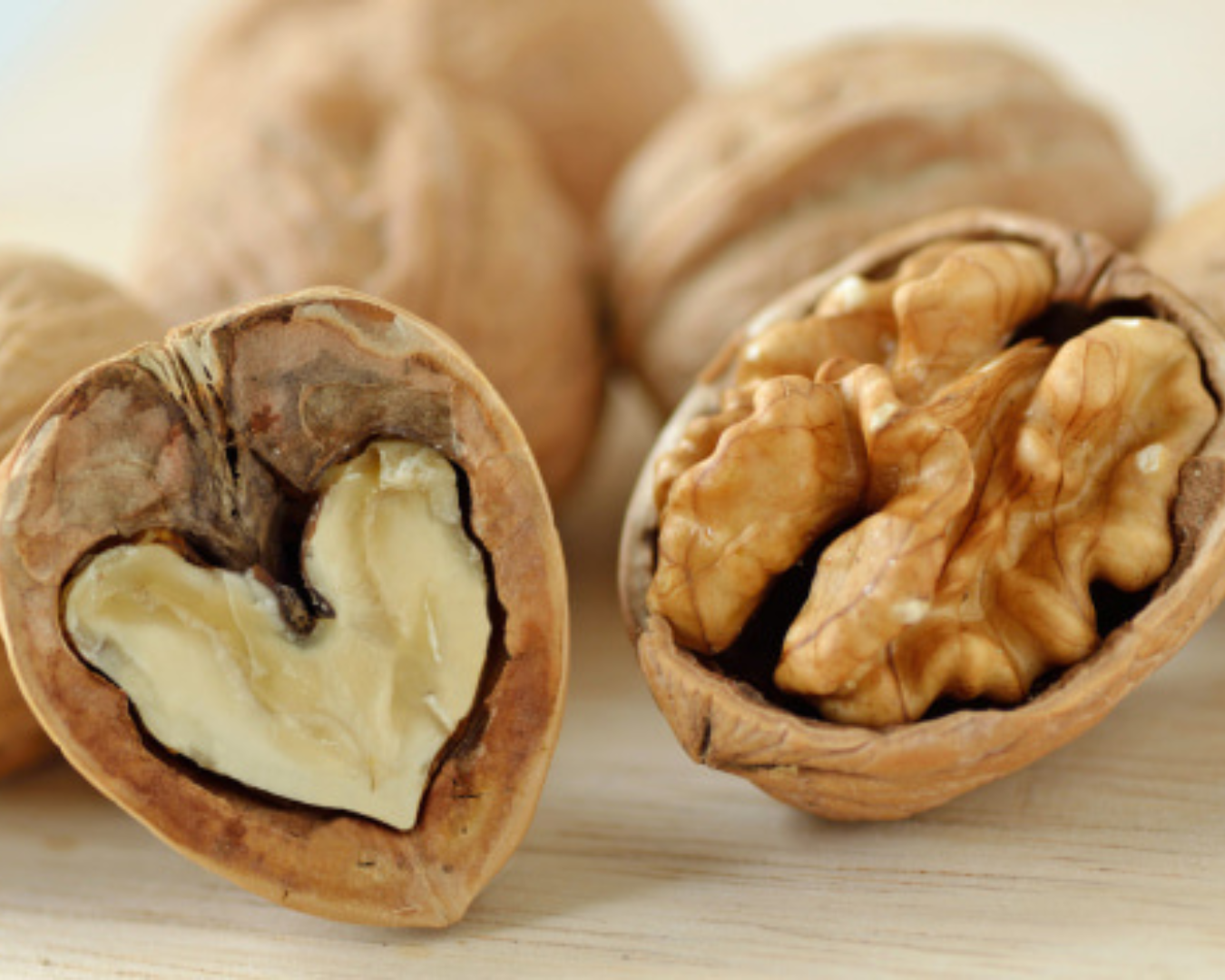The Harvesting Process of Pecans
Discover the intricate process behind harvesting pecans, from the bustling orchards to the final cracking of the nuts. This article unveils the techniques and tools used in pecan harvesting, shedding light on the journey from tree to table.
Preparing for Harvest:
Before the harvest begins, pecan orchards buzz with activity as growers assess the readiness of their trees. Several key factors influence the timing of the harvest:
- Nut maturity: Growers carefully monitor the development of the pecans, ensuring they have reached optimal ripeness before harvesting.
- Weather conditions: Ideal weather, such as dry and cool temperatures, is crucial for a successful harvest. Wet conditions can lead to mold and spoilage.
- Market demand: The timing of the harvest may also be influenced by market demand, with growers aiming to deliver fresh pecans when consumers are most eager to buy.
Once the decision to harvest is made, orchard crews spring into action, preparing the necessary equipment and manpower for the labor-intensive task ahead.
Harvesting Techniques:
Pecans are harvested using a variety of techniques, depending on the size of the orchard and available resources.
- Mechanical shakers: In large-scale operations, mechanical shakers are commonly used. These machines gently shake the trees, causing the ripe pecans to fall to the ground. The nuts are then collected in catch nets or on tarps spread beneath the trees.
- Handpicking: In smaller orchards or where terrain prevents the use of machinery, handpicking may be employed. Workers carefully gather the fallen pecans by hand, ensuring that only the highest quality nuts are collected.
Regardless of the method used, the goal is to efficiently and effectively remove the pecans from the trees while minimizing damage to the delicate nuts.
Handling and Storage:
After harvesting, pecans are transported to processing facilities where they undergo a series of crucial steps to ensure their quality and longevity.
- Cleaning: The pecans are thoroughly cleaned to remove any debris, such as leaves, twigs, and dirt, that may have been collected during the harvesting process.
- Drying: Excess moisture is removed from the pecans to prevent mold growth and spoilage. This is typically done using large, commercial dryers that carefully regulate temperature and humidity.
- Sorting: Once cleaned and dried, the pecans are sorted by size and quality. Any damaged or inferior nuts are removed, leaving only the best pecans for further processing or sale.
- Storage: Proper storage is essential to maintain the quality and freshness of the pecans. The nuts are typically stored in cool, dry conditions, with a temperature range of 32-45°F (0-7°C) and a relative humidity of 65-70%.
By following these handling and storage practices, growers and processors ensure that the pecans remain in peak condition until they reach consumers.
Pecan Shelling:
For pecans sold as shelled nuts, the next step is cracking and shelling. This process can be done manually or with specialized machinery.
- Manual cracking: In small-scale operations or for specialty products, pecans may be cracked by hand using nutcrackers or similar tools. This labor-intensive method allows for careful inspection of each nut and ensures that only the highest quality kernels are selected.
- Mechanical cracking: Large-scale operations typically use specialized machinery to crack the pecans. These machines are designed to apply precise pressure to the shells, cracking them open without damaging the delicate kernels inside.
Once shelled, the pecan kernels are inspected for quality, sorted by size, and packaged for distribution to markets, bakeries, and consumers.

Ready to embrace the health wonders of nuts? Dive into this nutty journey and explore the top contenders for the healthiest nuts. Elevate your snacking experience with Evie's Snacks premium pecans—a tasty and nutritious treat that goes beyond ordinary snacking.








